You’ve heard the phrase “better safe than sorry,” right? When it comes to moving, this couldn’t be truer. Whether you are moving across town or across the country, accidents happen. Boxes get dropped, furniture gets scratched, and sometimes, your most cherished items don’t make it in one piece. That’s where moving insurance can cover all the accidents.
The Problem:
Many people assume their belongings are fully covered by the moving company’s insurance, only to find out after something breaks that their coverage is minimal or non-existent. It’s easy to overlook the fine print, and without proper coverage, the financial burden of replacing or repairing damaged items falls directly on you.
With so many options available, choosing the right moving insurance policy can feel like navigating a maze—confusing and stressful.
The Solution:
Selecting the right moving insurance policy doesn’t have to feel like pulling teeth.
Here’s how to make sure you’re covered without overspending:
What is a Moving Insurance Policy, and Why It’s Important for Your Move
A moving insurance policy ensures financial protection in case your belongings are damaged, lost, or destroyed during a move. This coverage acts as a safety net, ensuring you don't suffer a major financial loss due to unexpected mishaps.
For instance, imagine your fragile glassware gets damaged during a long-distance move. Without adequate moving insurance coverage, you’d be forced to replace these items out of pocket. With insurance, however, you can file a claim and get compensation for the damage.
| Reasons Why Moving Insurance is Essential | Examples |
|---|---|
| Protection against damage or loss | Glassware, electronics, furniture |
| Peace of mind during moving | You can trust that even if something goes wrong, you're covered |
| Compliance with legal requirements | Certain leases or state laws require moving insurance |
Important Note:
If you pack your own items, most moving insurance policies, including basic carrier liability and full value protection, will not cover damages unless there is clear external damage to the box.
Moving Insurance Coverage for Household Moves
There are various types of moving insurance options available, and it's crucial to understand the coverage they offer. Coverage for household moves can include protection for furniture, electronics, and even personal valuables like jewellery.
Types of Moving Insurance Coverage:
| Coverage Type | Details |
|---|---|
| Released Value Protection | Provides coverage at $0.60 per pound per item. Suitable for low-value items but offers minimal protection. |
| Full Value Protection for Moves | Reimburses the current market value for lost or damaged items or repairs/replaces them. Ideal for high-value items. |
| Third-Party Insurance | Purchased separately for high-value or fragile items. Often used for antiques or artwork. |
For example, if you have expensive artwork, it is highly recommended that you opt for full-value protection or third-party insurance to cover any potential damage during the move.
Moving Insurance Options - Released Value Protection vs. Full Value Protection
When choosing a moving insurance policy, it’s important to understand the moving insurance options. The two most common types are:
Released Value Protection: This option is often included at no additional cost but only covers $0.60 per pound per item. For example, if a 10-pound TV worth $1,000 is damaged, you’d receive just $6 as compensation.
Full Value Protection: This is more comprehensive, covering the repair, replacement, or cash reimbursement of lost or damaged items. For instance, if the same $1,000 TV is damaged, the insurer would cover the cost to replace or repair it.
Related: How to Know if a Moving Company is Legitimate – Tips to Spot Rogue Movers
How to Choose the Right Moving Insurance Policy for Your Needs
Selecting the best moving insurance policy requires assessing your belongings and understanding their value. Here are some steps to help you choose:
Evaluate Your Belongings
If you're moving fragile or valuable items, such as electronics or heirlooms, you'll want full value protection or third-party insurance for comprehensive coverage.
Compare Insurance Providers
Research different providers and compare their policies, premium rates, and customer reviews. Providers with strong customer service and transparent claims processes are often the best choices.
Consider Coverage for High-Value Items
For example, if you're moving expensive jewellery, standard policies may not suffice. Opt for a high-value items insurance policy to ensure these items are adequately covered.
Did You Know?
Most moving companies offer basic carrier liability at no extra cost, but this only compensates you $0.60 per pound for lost or damaged items, which may not be enough for valuable belongings.
Common Exclusions and Limitations in Moving Insurance Policies
| Coverage Type | Details |
|---|---|
| Released Value Protection | Provides coverage at $0.60 per pound per item. Suitable for low-value items but offers minimal protection. |
| Full Value Protection for Moves | Reimburses the current market value for lost or damaged items or repairs/replaces them. Ideal for high-value items. |
| Third-Party Insurance | Purchased separately for high-value or fragile items. Often used for antiques or artwork. |
Before purchasing a policy, review the loss and exclusion definitions to ensure you understand what is and isn't covered.
Factors to Consider When Comparing Premium Rates and Deductibles
| Plan Type | Premium Rate | Deductible | Coverage |
|---|---|---|---|
| Basic Plan | Low | High | Limited, covers only basic damage |
| Comprehensive Plan | Medium | Medium | Covers most losses, including high-value items |
| Premium Plan | High | Low | Full coverage for all types of items |
Understand the Valuation Methods for Moving Insurance Claims
| Valuation Method | How It Works |
|---|---|
| Released Value | Items are valued at $0.60 per pound. |
| Full Replacement Value | The cost to repair or replace the item is covered. |
| Depreciated Value | Items are reimbursed based on current market value minus depreciation. |
For instance, with full replacement value, your insurer will replace a damaged laptop with a similar model, whereas with depreciated value, you may only receive the current market value of the used laptop.
Also Read: How Much Do Packing Services Cost? What to Expect and How to Save
Why Customer Service Matters When Choosing a Moving Insurance Provider
When choosing a moving insurance provider, ensure their customer service is reliable. Good customer service can make a big difference, especially when filing a claim or seeking assistance.
How to Assess Customer Service:
Read Reviews: Check online reviews to see how others have rated the provider's customer service.
Check Response Times: Providers with quick response times during the claims process are often more dependable.
For example, a provider with excellent customer service can streamline the claims process and ensure that you're compensated quickly.
The Importance of Documentation and Proof for Moving Insurance Claims
| Document Type | Purpose |
|---|---|
| Inventory List | A comprehensive list of items to be moved, including their value. |
| Photos/Videos of Items | Visual proof of the condition of your belongings before the move. |
| Receipts for High-Value Items | Proof of purchase for expensive or fragile items. |
Being prepared with these documents can make submitting a claim under full-value protection or third-party insurance easier.
How to Ensure Comprehensive Moving Insurance Coverage for High-Value Items
For high-value items like artwork, antiques, or electronics, opting for comprehensive moving insurance coverage is essential. Standard basic carrier liability may not be enough.
Consider investing in third-party insurance or full-value protection for these items. For instance, if you're moving a valuable painting, third-party insurers can provide additional protection specifically designed for high-value or fragile items.

For international relocations, you’ll need specialized moving insurance that accounts for extended transit, handling by multiple carriers, and potential customs delays.






























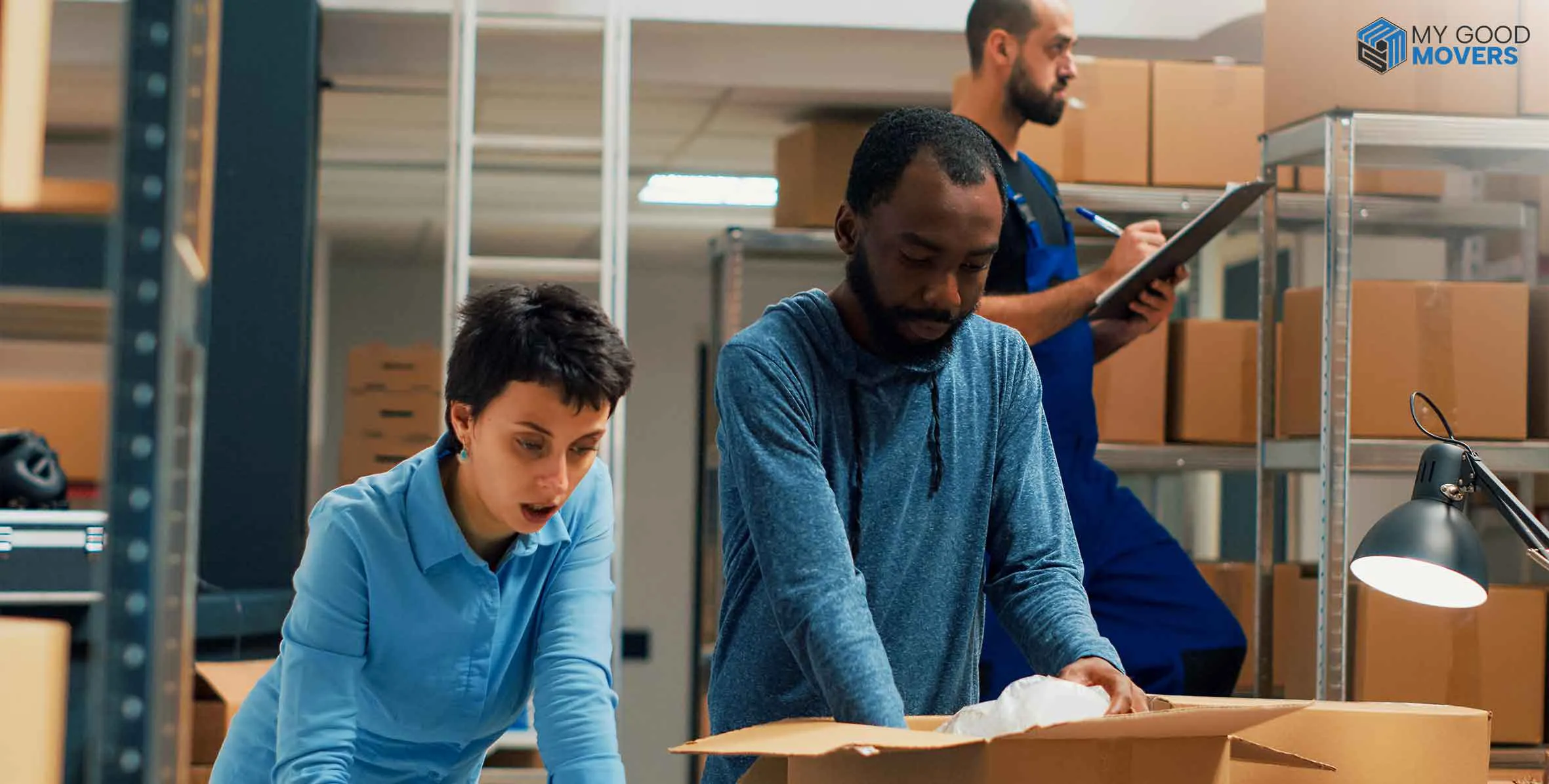


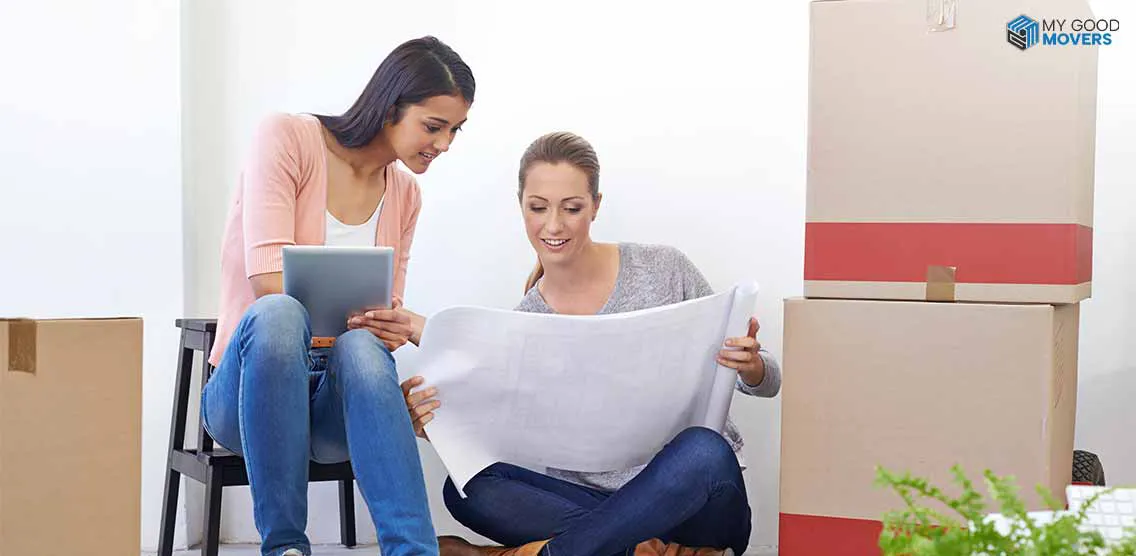































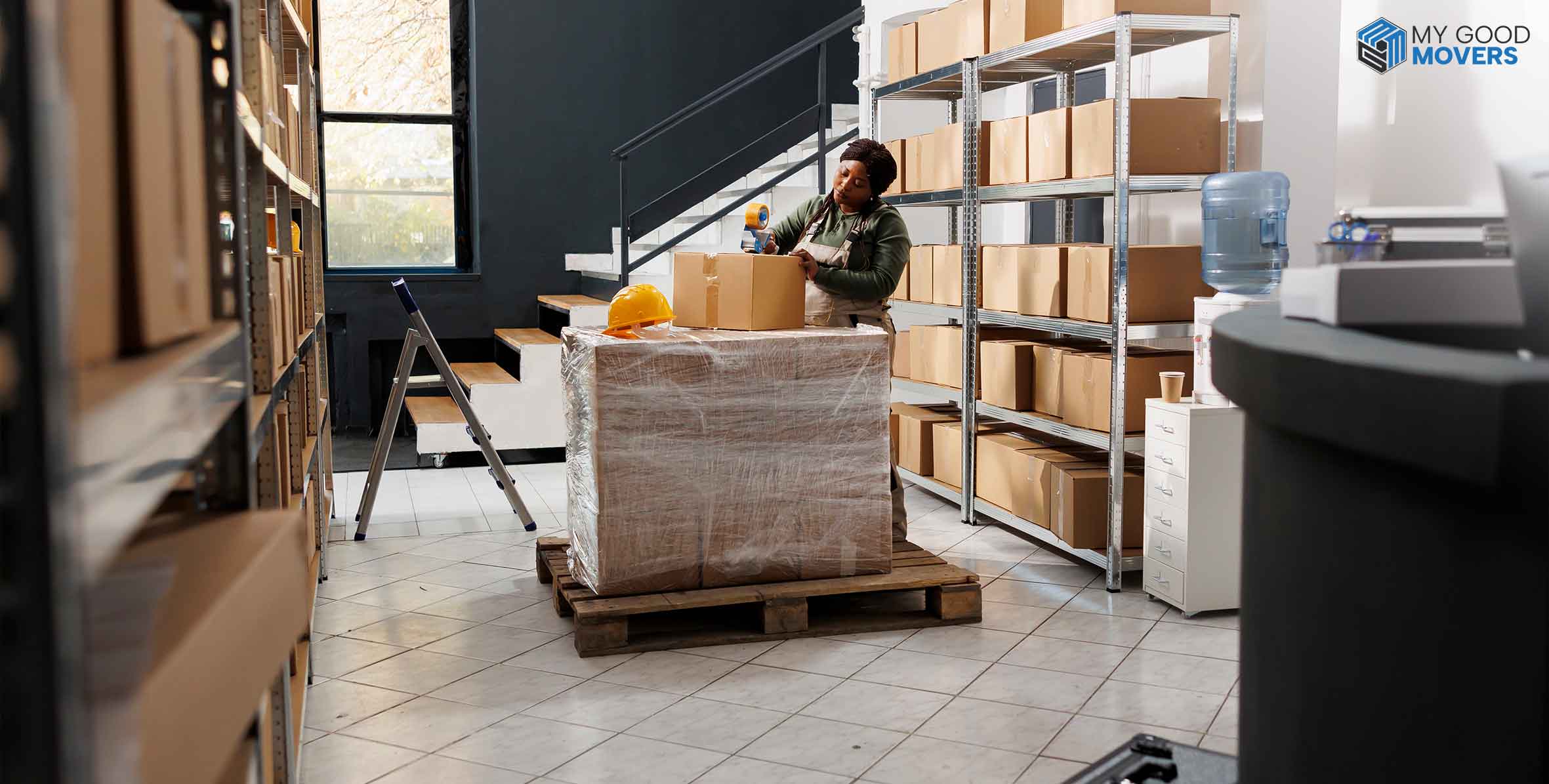





























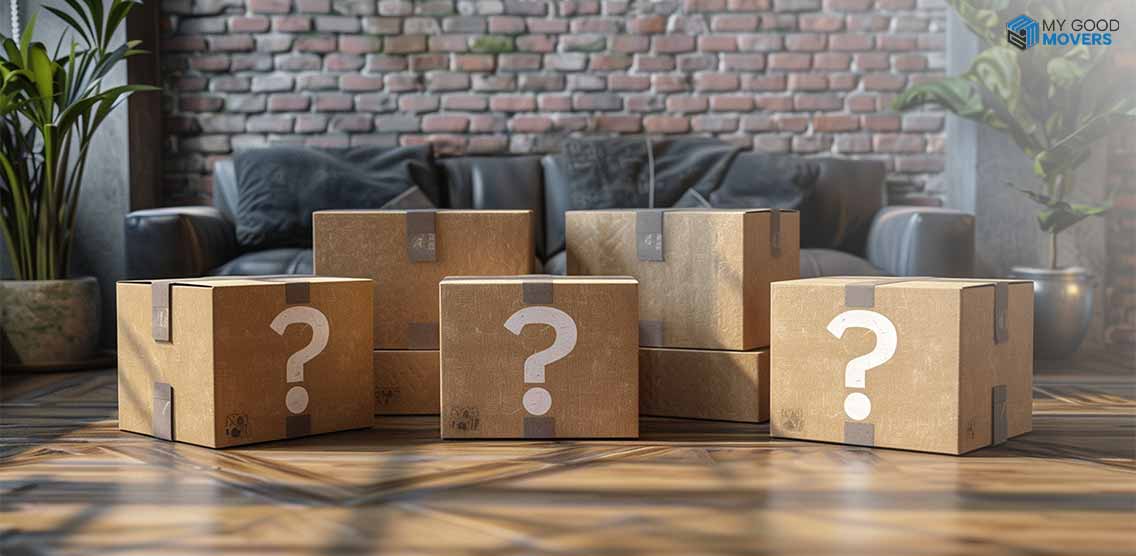
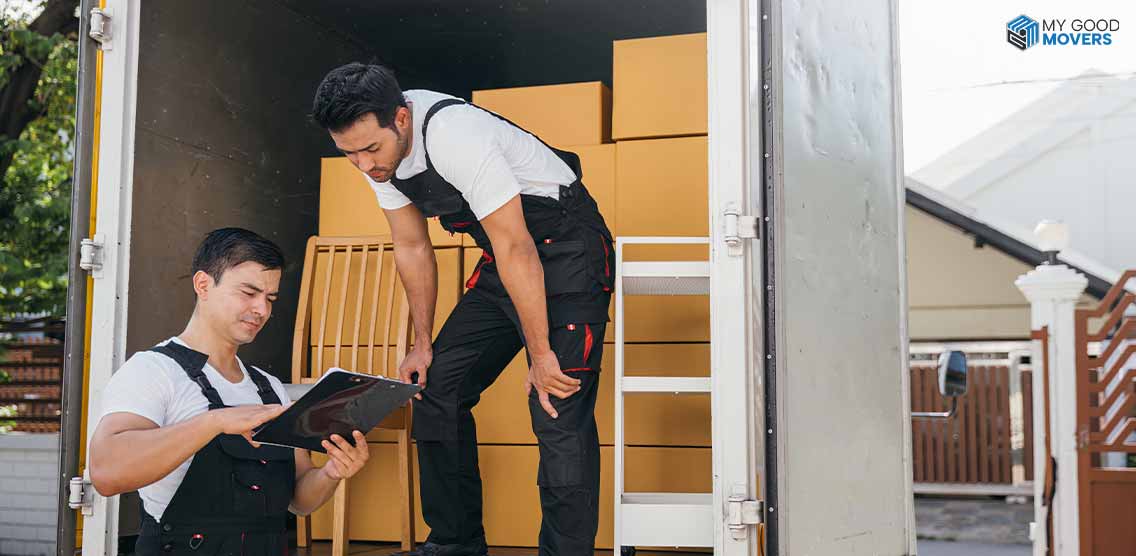








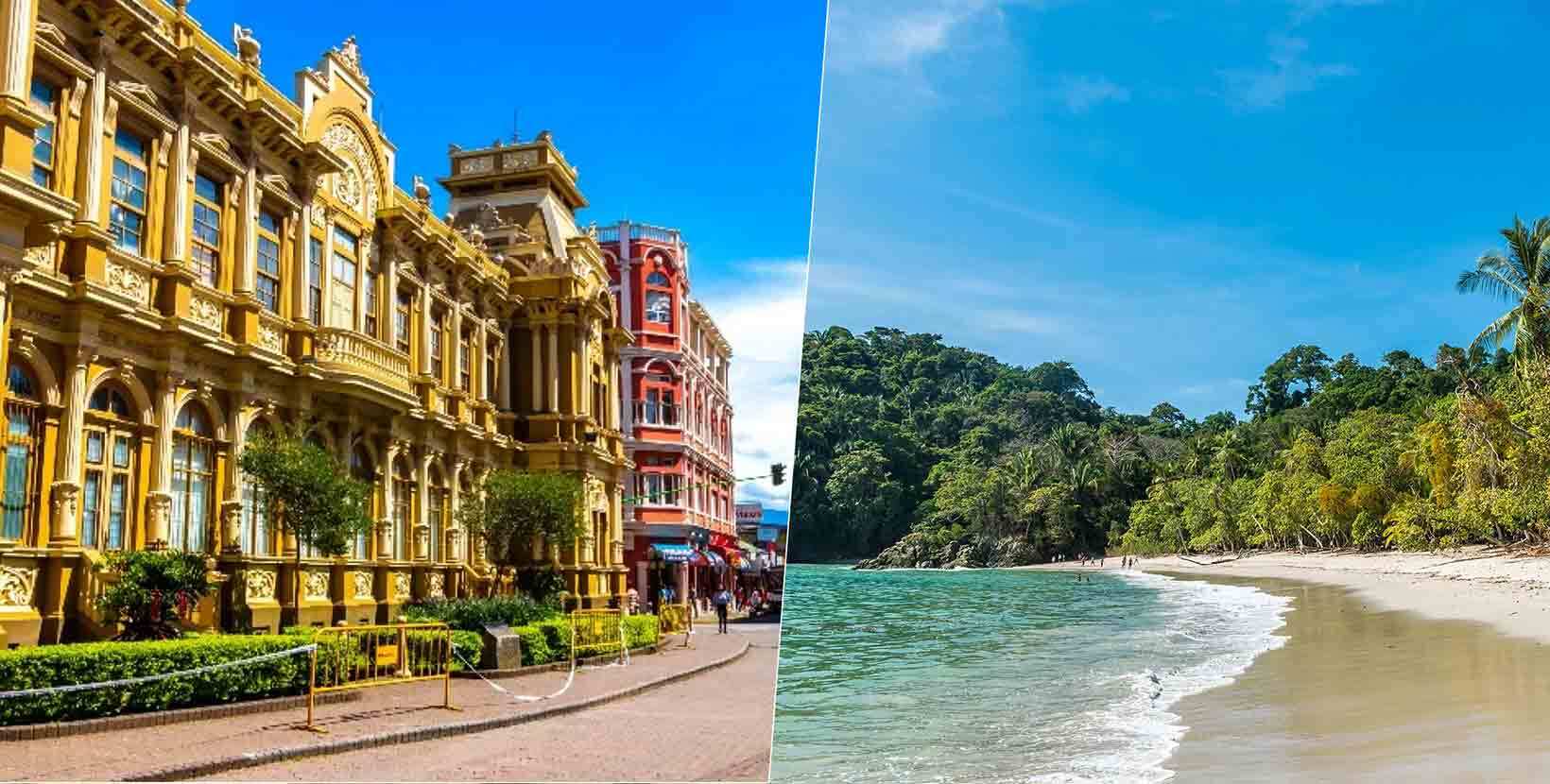


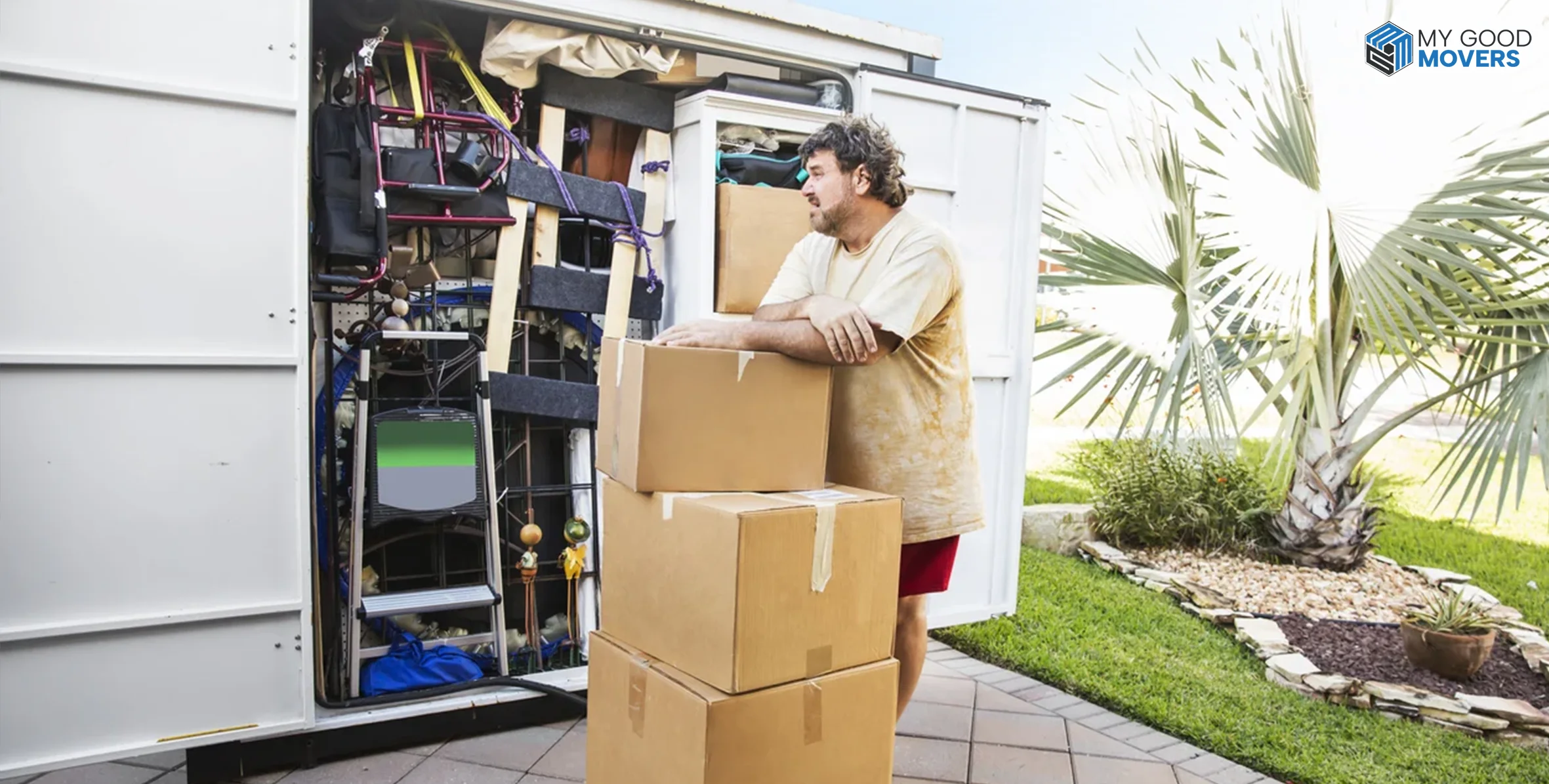















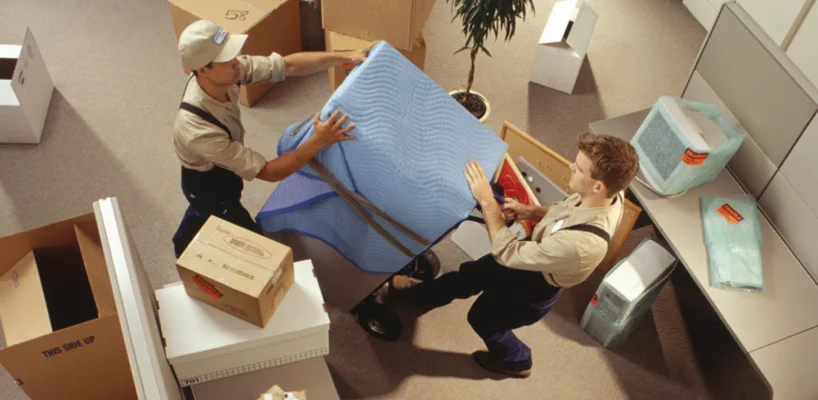


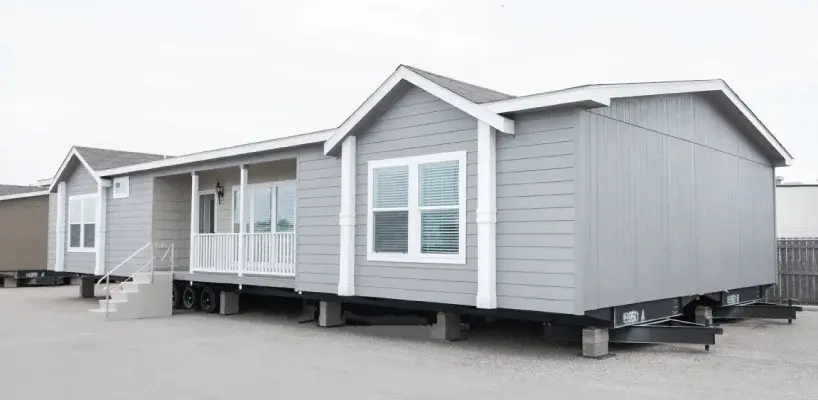





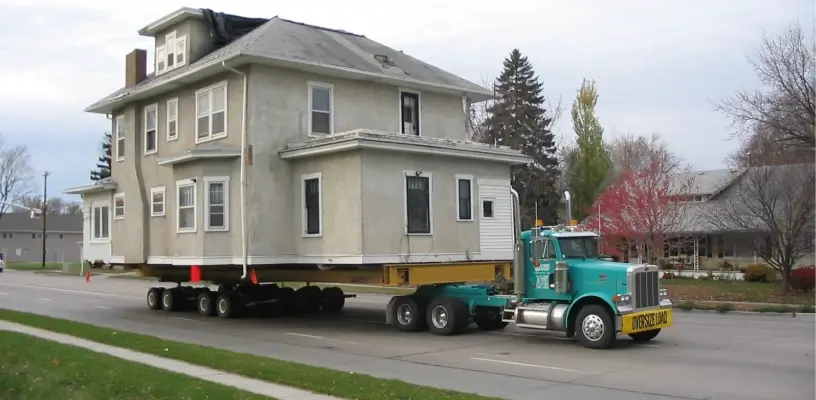
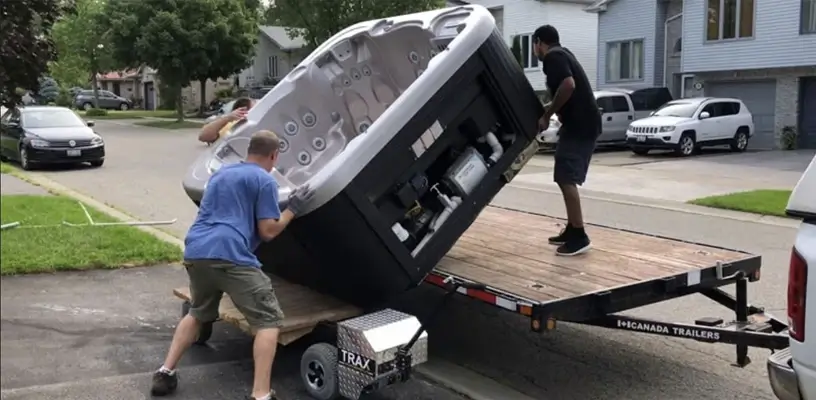


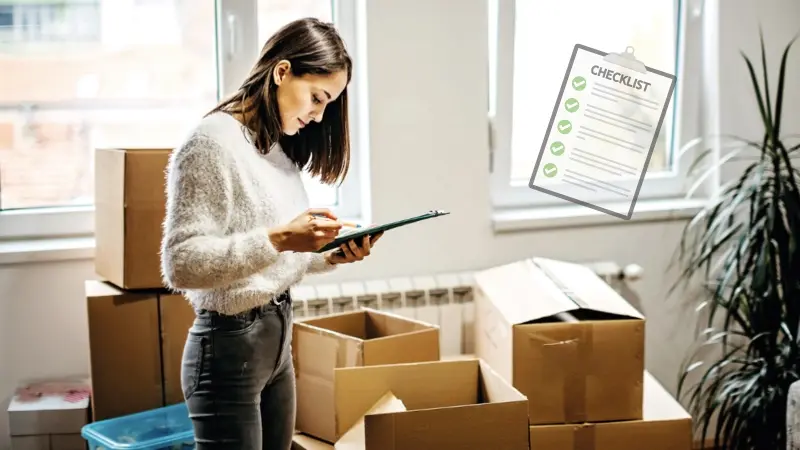

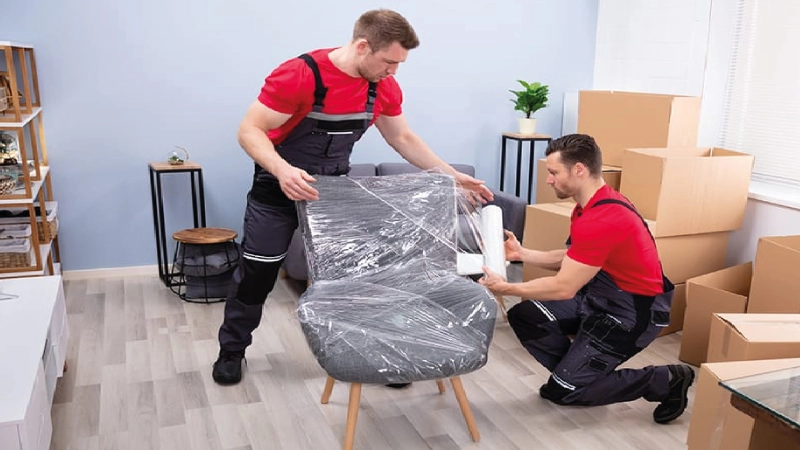
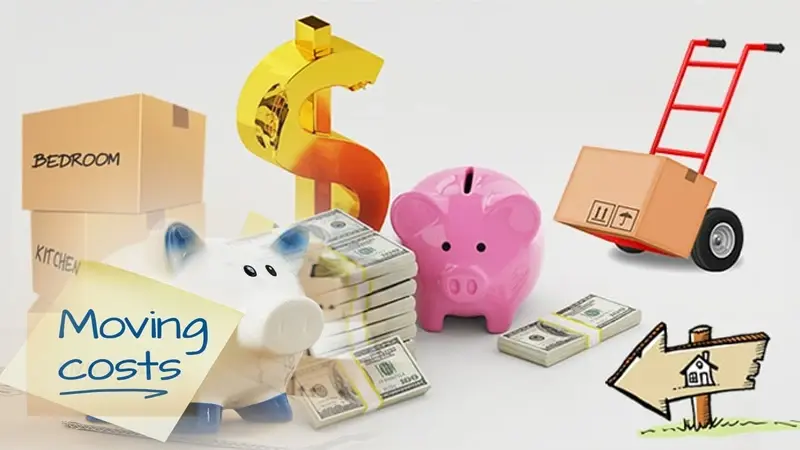
 (239) 799–6077
(239) 799–6077